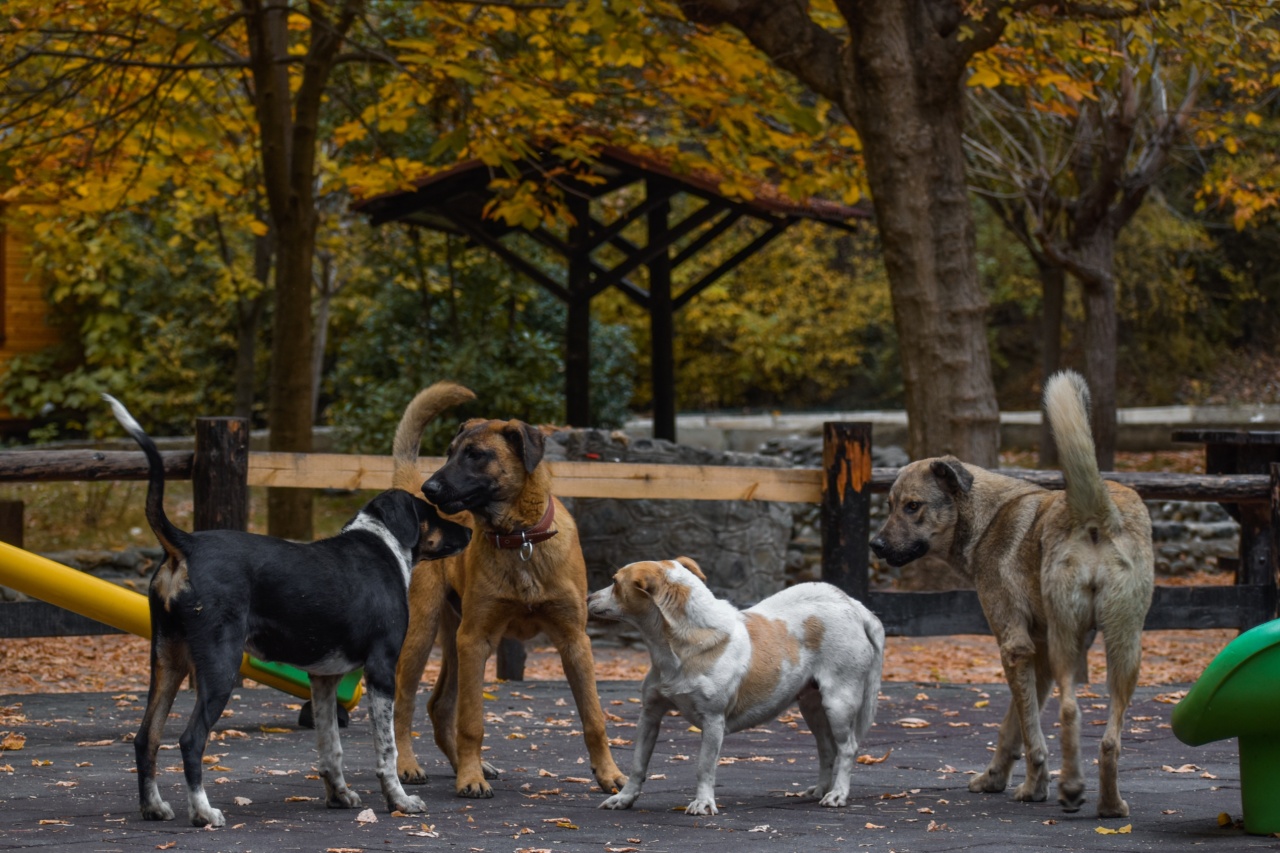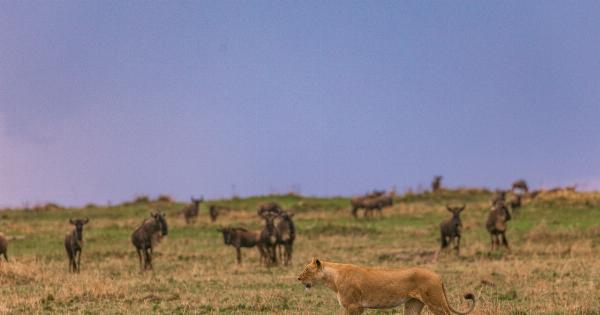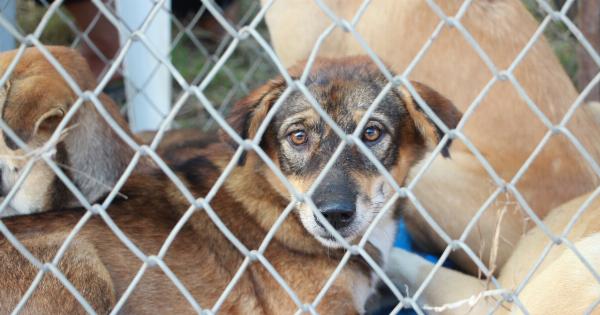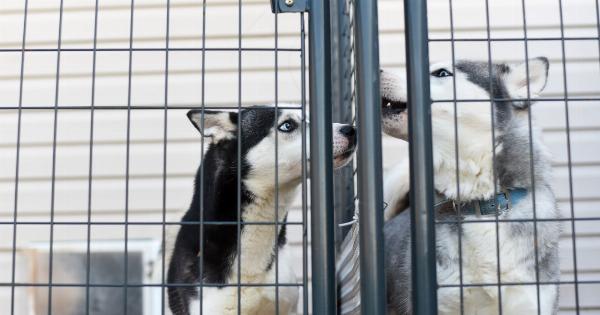Stray animals, often abandoned or lost, roam the streets in search of food, shelter, and compassion. Their lives are filled with countless hardships as they face the challenges of survival in an unforgiving world.
With no voice of their own, these animals silently suffer from neglect, abuse, and the constant struggle for survival. This article sheds light on the struggles faced by stray animals and emphasizes the need for our collective intervention and compassion.
The Plight of Abandonment
Thousands of pets are abandoned each year, left to wander the streets and fend for themselves. Whether due to financial constraints, a lack of responsibility, or simply a change in circumstances, these animals are left to face an uncertain future.
They are forced to scavenge for food and find shelter in empty buildings, under bridges, or in dilapidated structures.
Health Risks and Neglect
Stray animals are susceptible to various health risks, often lacking proper vaccination, nutrition, and veterinary care. These animals are more prone to diseases such as rabies, distemper, and mange.
Without timely intervention and medical attention, their suffering only intensifies. Additionally, neglect leads to malnourishment and exposure to extreme weather conditions, further deteriorating their physical and mental well-being.
The Cycle of Stray Animal Population
The unchecked population of stray animals perpetuates a vicious cycle. Unspayed or unneutered animals reproduce exponentially, leading to an ever-growing population of homeless animals.
These animals struggle to find adequate resources and often end up reproducing at an early age. Consequently, the problem of stray animal overpopulation continues to escalate, exacerbating the challenges faced by both the animals and the communities they inhabit.
Urbanization and Habitat Loss
The rapid growth of urbanization has resulted in widespread habitat loss for stray animals. Forests, fields, and other natural habitats are being replaced by concrete jungles, leaving these animals displaced and without a place to call home.
As their natural habitats vanish, they are forced to adapt to urban environments, navigating busy roads, and facing constant risks associated with human settlements.
Violence and Cruelty
Stray animals often fall victim to violence and cruelty inflicted upon them by individuals who view them as nuisances or threats. They endure physical abuse, intentional poisoning, and even acts of torture.
This unimaginable cruelty adds to the suffering experienced by these defenseless creatures, leaving them scarred both physically and emotionally.
Limited Access to Resources
Stray animals struggle to find adequate food, clean water, and safe shelter. They rely on garbage cans, dumpsters, and the occasional kindness of strangers for their survival.
However, these meager resources are often insufficient, leading to starvation, dehydration, and exposure to the elements. The constant quest for food and water distracts them from the pursuit of a safe and secure environment.
Community Impact
The presence of stray animals impacts communities in various ways. They pose a threat to public safety by spreading diseases and potentially aggressive behavior.
Stray animals scavenging for food in garbage cans contribute to waste management challenges and attract other pests. Additionally, the overall aesthetics of a community may suffer as the sight of neglected animals roaming the streets can be distressing for residents and visitors alike.
The Need for Collective Intervention
It is essential for society as a whole to recognize the struggles faced by stray animals and take collective action to address their needs.
Animal welfare organizations, government bodies, and communities must collaborate to implement effective solutions. This includes promoting spaying and neutering programs, increasing access to veterinary care, establishing shelters and rescue centers, and educating the public about responsible pet ownership.
Compassion and Adoption
Adopting a stray animal can be a life-changing experience for both the animal and the individual or family involved. Providing a loving and secure home gives these animals a second chance at a happy life.
Through adoption, stray animals can find solace and companionship, helping them heal from their past hardships and experience the love they so desperately desire.
Spreading Awareness and Empathy
Spreading awareness about the struggles faced by stray animals is crucial in the fight against their suffering.
By educating others about responsible pet ownership, the consequences of abandonment, and the benefits of adopting stray animals, we can encourage empathy and compassion in society. When we understand and acknowledge their plight, we become advocates for change, striving to create a world where no animal is left unwanted or uncared for.
Conclusion
The struggles faced by stray animals are deeply distressing. From homelessness and hunger to violence and neglect, their journey is filled with unimaginable pain.
It is a collective responsibility to provide them with the care, compassion, and love they deserve. By addressing the root causes of stray animal populations, implementing effective programs, and promoting adoption, we can create a society that values and protects all living beings.































